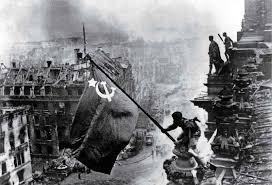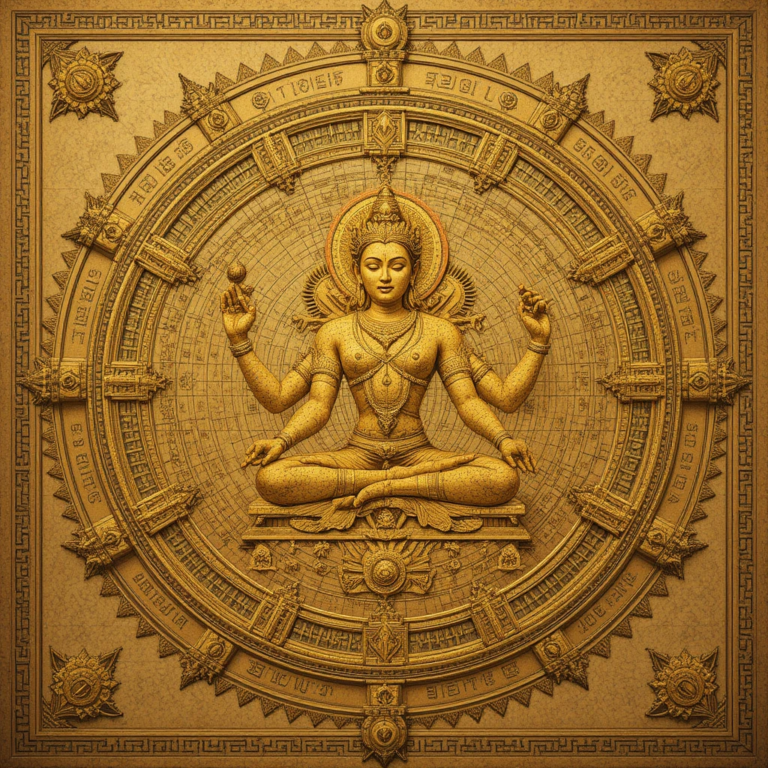The Mahabharata, one of the two monumental Sanskrit epics of ancient India, is traditionally attributed to the sage Vyasa and narrates the epic Kurukshetra War between the Pandavas and Kauravas, interwoven with profound moral, philosophical, and mythological narratives. Celebrated as a cultural and spiritual treasure, the text has shaped Hindu identity, ethics, and worldview for over two millennia, influencing literature, art, and religious practices across the subcontinent. However, a rigorous historical and textual analysis reveals that the Mahabharata, as it exists today with over 100,000 shlokas, diverges significantly from its original form. This article argues that the epic underwent substantial expansion with fabricated narratives, particularly after the 3rd-4th Century CE, orchestrated by Brahmin redactors to enhance their social, religious, and political authority. These interpolations include anachronistic references to tribes such as the Sakas, Pallavas, and Kambojas fighting alongside the Kauravas, as well as exaggerated claims about the war’s scale, including the number of participants, casualties, and logistical requirements. These assertions lack corroboration from contemporary inscriptions, edicts, or early manuscripts, and archaeological evidence reveals no massive bone deposits from humans or animals related to the war. The introduction of horses to India, a critical element of the Mahabharata’s warfare narrative, also postdates the epic’s supposed timeline, further undermining its historical credibility. The Mughal-era Farsi translation, known as the Razmnama, reflects this altered narrative. By identifying specific Purva, chapter, and verse references, reproducing original Sanskrit verses with Hindi translations, and analyzing the logistical feasibility and archaeological evidence at sites like Kurukshetra and Thanesar, this reassessment aims to dismantle these fabricated elements and challenge the epic’s portrayal as a historical document.
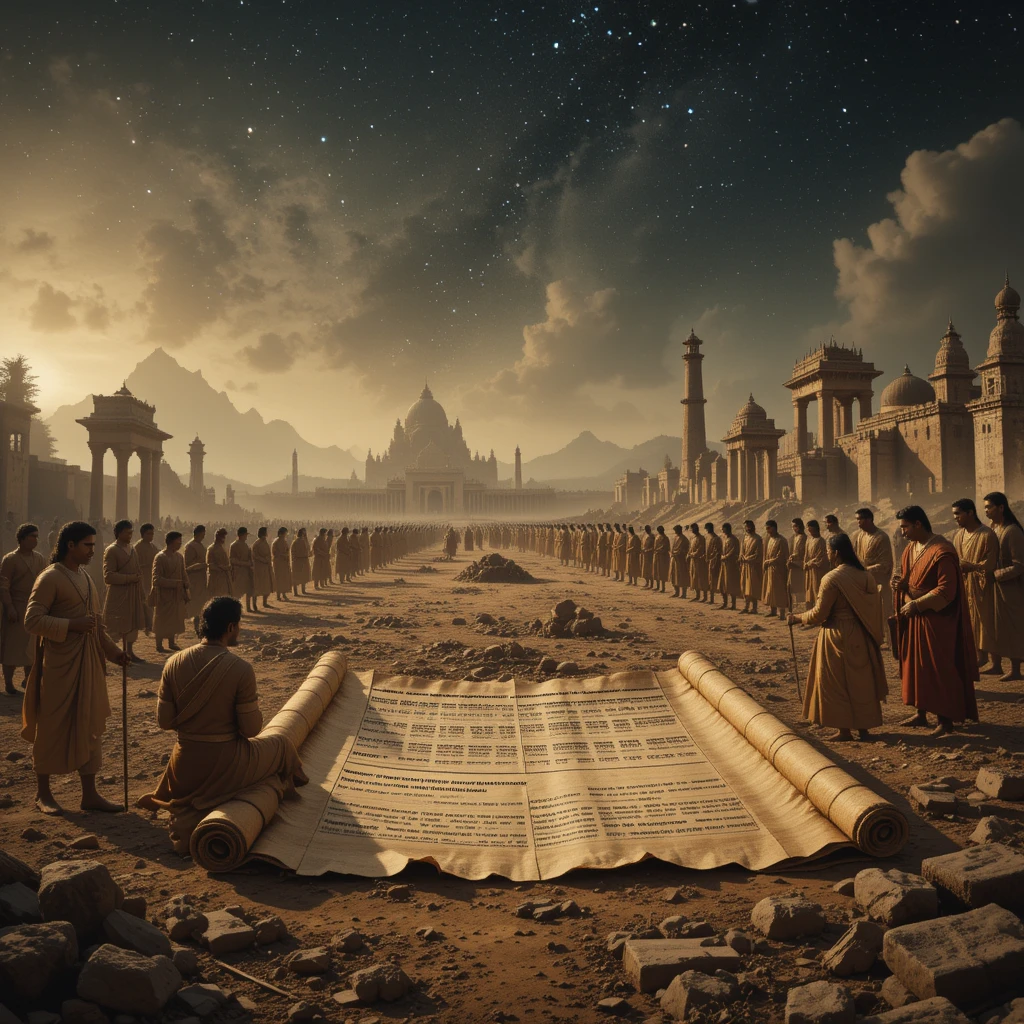
Table of Contents
The Original Mahabharata: A Modest Beginning
The scholarly consensus suggests that the Mahabharata originated as the Jaya, a concise narrative comprising approximately 8,800 shlokas, potentially composed between 1200-1000 BCE or slightly later, based on astronomical references, linguistic analysis, and textual traditions. This initial version, likely crafted by charioteer-bards (sutas), served as an itihasa (historical account) focused narrowly on the Bharata war, detailing the conflict between the Kuru clans with a limited cast of characters and events. The Jaya was a straightforward war narrative, emphasizing the martial exploits, lineage, and heroic deeds of the protagonists, such as the Pandavas and Kauravas, devoid of the extensive philosophical and mythological elaborations found in the later text. Over centuries, through oral transmission and successive redactions by various scribes and scholars, it evolved into the Bharata (approximately 24,000 verses) and eventually the Mahabharata with over 100,000 verses by around 400 CE. This dramatic growth reflects the influence of diverse cultural, religious, and political forces, suggesting that the original Jaya was progressively layered with additional content to serve broader societal purposes.
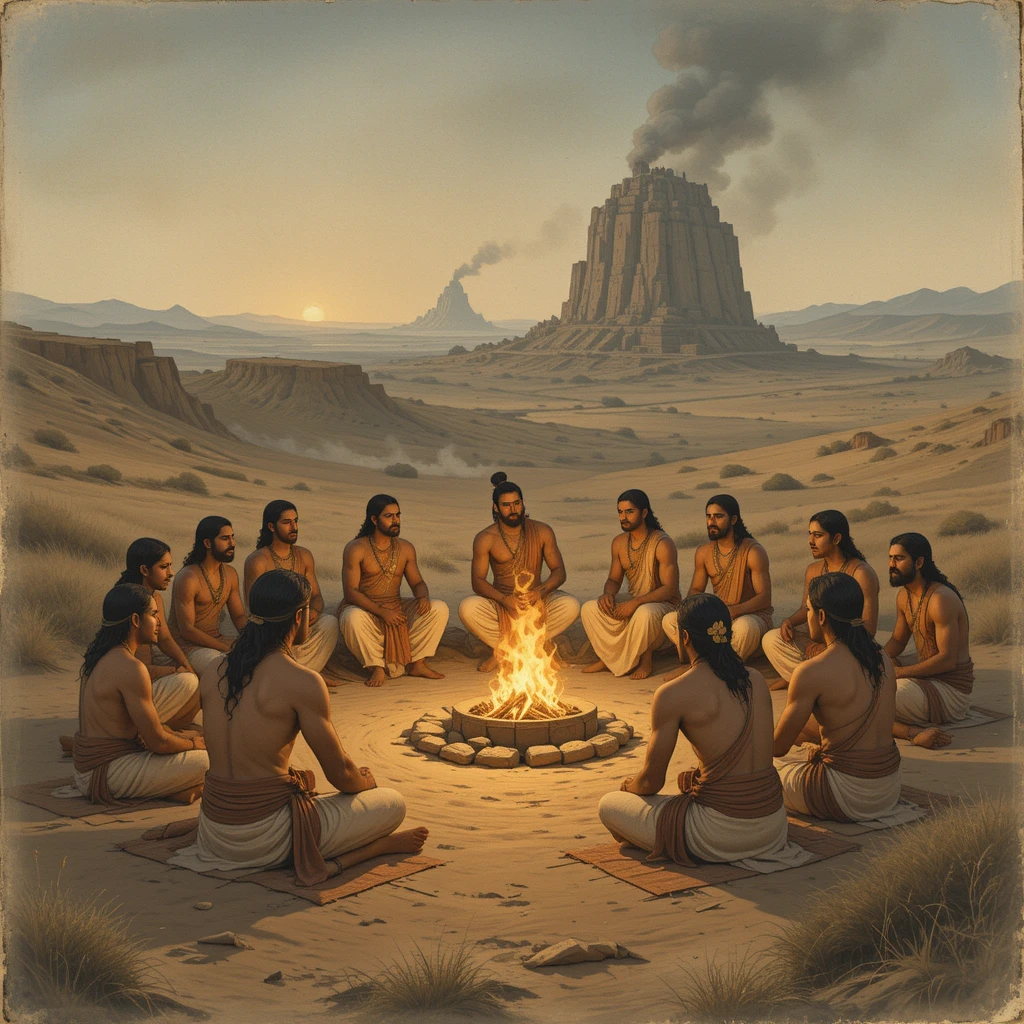
The transition from a concise war narrative to a sprawling epic raises profound questions about the historical authenticity of its later sections. The absence of early written records, attributable to India’s humid climate and the reliance on oral tradition, allows for the possibility of extensive embellishment and fabrication. Scholars such as V.S. Sukthankar, who led the Critical Edition project at the Bhandarkar Oriental Research Institute (1919-1966), have noted that the epic’s growth was not a linear process but involved multiple regional recensions, each contributing to its expansion. The original Jaya, rooted in the oral traditions of the Kshatriya warrior class, likely lacked the elaborate theological discourses, caste-centric narratives, and exaggerated war descriptions that characterize the current version, pointing to a deliberate reshaping by later redactors. This evolution suggests that the Mahabharata, as known today, is more a product of literary and ideological development than a factual historical record, with its war narrative serving as a mythological framework rather than a documented event.
The Role of Brahmins in Fabricating Narratives
The significant expansion of the Mahabharata is widely attributed to Brahminical redactors who worked on the text between the 4th Century BCE and 4th Century CE, a period marked by the consolidation of Brahminical dominance in Indian society following the decline of Buddhist and Jain influences. During this era, the epic underwent a profound transformation from a warrior-centric tale, rooted in the martial traditions of the Kshatriyas, into a vehicle for promoting dharma (moral and cosmic order) and reinforcing Brahminical ideology. This shift is evident in the inclusion of extensive philosophical discourses, such as the Bhagavad Gita (Bhishma Parva, Chapters 25-42), which presents Krishna’s teachings to Arjuna, and the elevation of Brahmin characters like Vyasa, who is portrayed as the epic’s author and a divine figure with supernatural powers, such as the ability to divide himself into multiple forms (Adi Parva, Chapter 1).
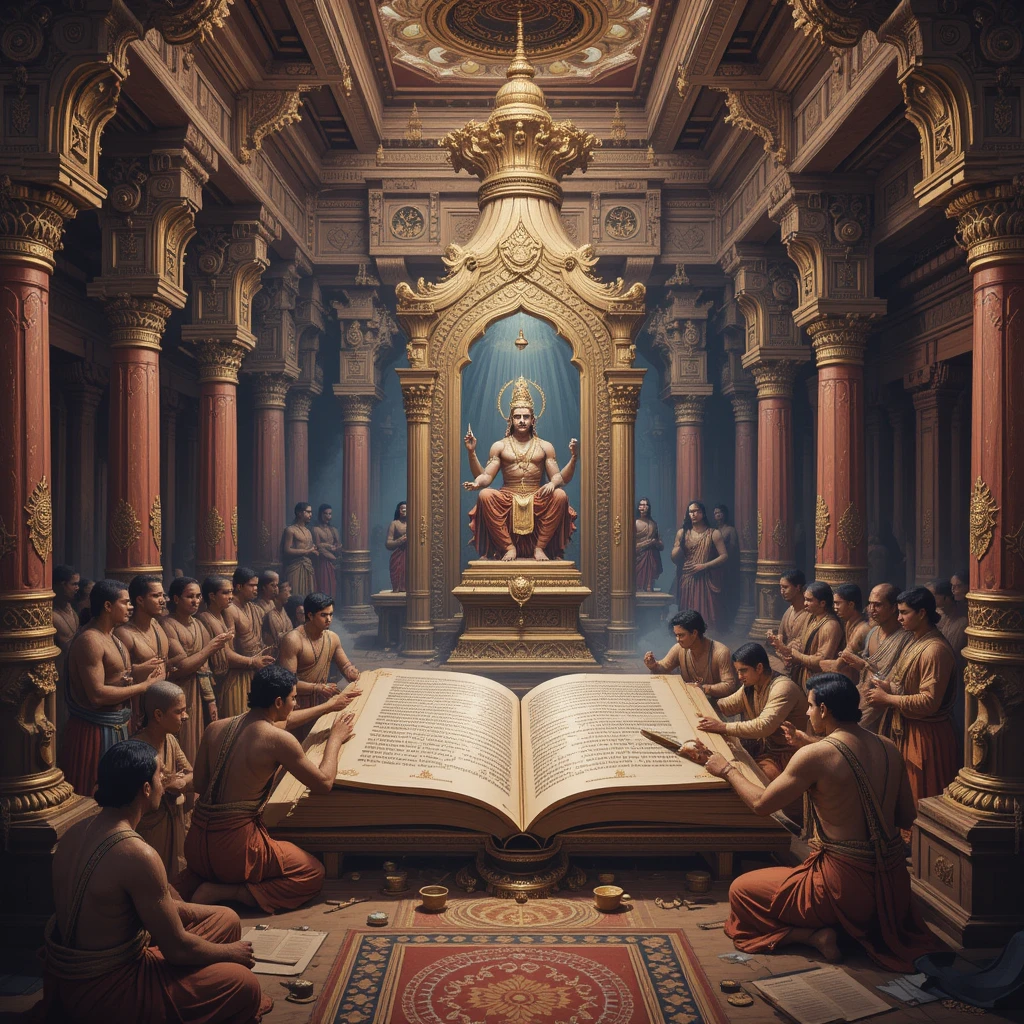
These additions appear to have been strategically designed to establish Brahmins as the “shrestha” (supreme) caste, wielding spiritual, intellectual, and political authority over other social groups. The Brahmins, as custodians of Vedic knowledge and ritual practices, sought to legitimize their dominance by embedding their roles within the epic’s narrative. For instance, Vyasa is depicted as the progenitor of the Pandavas and Kauravas through his union with the widows of Vichitravirya (Adi Parva, Chapter 1), a story that elevates his status while aligning the epic with Brahminical genealogical traditions. This process also involved the introduction of anachronisms, including references to tribes such as the Sakas, Pallavas, and Kambojas, which historically emerged or gained prominence only after 3 BCE to 5-6 Century CE.
The alleged alliance of these tribes with the Kauravas, as detailed in specific parvas, likely reflects the socio-political realities of the Gupta period (4th-6th Century CE), when Brahminical influence reached its zenith under emperors like Chandragupta II. The original Jaya, composed by non-Brahmin bards such as the sutas, would not have included such details, as these tribes were irrelevant to the northwestern Indian context of the supposed war. This deliberate incorporation suggests an agenda to align the epic with contemporary power structures, thereby undermining its claim to represent an ancient historical event. The Brahminical redaction also introduced caste-specific laws and rituals, such as the emphasis on varna dharma and the glorification of Brahmin priests in sacrificial rites, which were less prominent in earlier Vedic texts, further indicating a post-4th Century CE agenda.
Specific References to Sakas, Pallavas, and Kambojas
The Mahabharata contains several passages that mention the Sakas, Pallavas, and Kambojas as part of the Kaurava forces, cited with Purva, chapter, and verse numbers from the Critical Edition. These references are prime examples of likely later interpolations, as their historical timelines contradict the epic’s traditional dating to around 3100 BCE (based on Puranic astronomical calculations). Below are the detailed citations along with the reproduced original Sanskrit verses and their Hindi translations, providing a direct look at the text in question:
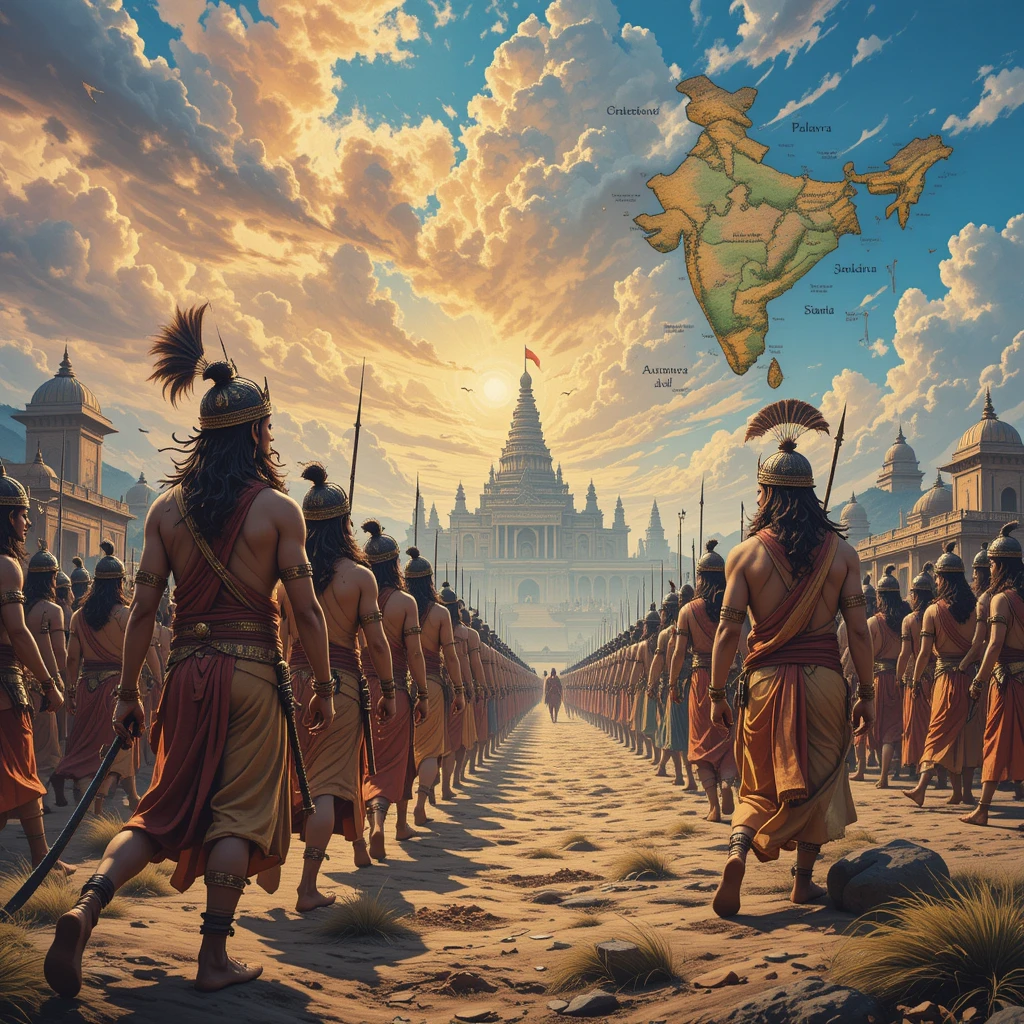
- Sakas:
- Purva: Udyogaparva
- Chapter: 19
- Verses: 24-25
- Reproduced Verses:
- Sanskrit (Verse 24): “शकाश्च यवनाश्चैव काम्बोजाश्च महाबलाः | सुदक्षिणेन संनादिताः दुर्योधनबलं गताः ||”
- Hindi Translation: “शक, यवन और शक्तिशाली काम्बोज, सुदक्षिण के नेतृत्व में दुर्योधन की सेना में शामिल हो गए।”
- Sanskrit (Verse 25): “उत्तरे देशात् सङ्गताः शरचापास्त्रविक्रमाः | कुरूणां बलसंनादे संनादिनः समागताः ||”
- Hindi Translation: “ये उत्तरी देशों से आए योद्धा, धनुष-बाण और शस्त्रों में निपुण, कुरुओं की सेना में शक्ति के साथ शामिल हुए।”
- Context and Analysis: The Sakas, or Scythians, began migrating into northwestern India around the 2nd Century BCE, establishing the Indo-Scythian kingdoms by the 1st Century BCE. Their mention as Kaurava allies in a war dated to 3100 BCE is anachronistic, suggesting a post-3rd Century CE addition to reflect later geopolitical alliances with northwestern tribes.
- Kambojas:
- Purva: Udyogaparva
- Chapter: 19
- Verses: 23-24
- Reproduced Verses:
- Sanskrit (Verse 23): “काम्बोजाधिपतिः श्रीमान् सुदक्षिणः समाहितः | धृतराष्ट्रसुतान् प्राप्य संनादितो युधि स्थितः ||”
- Hindi Translation: “काम्बोज के प्रतापी राजा सुदक्षिण ने धृतराष्ट्र के पुत्रों के साथ युद्ध के लिए अपनी सेना तैयार की।”
- Sanskrit (Verse 24): “शकैः सह यवनैश्चैव संनादितः स बलो महान् | दुर्योधनसहायार्थं संनादिनः समागतः ||”
- Hindi Translation: “शक और यवन के साथ मिलकर वह महान सेनापति दुर्योधन की सहायता के लिए आगे बढ़ा।”
- Context and Analysis: The Kambojas, possibly originating from modern-day Afghanistan or Tajikistan, are documented from the 2nd Century BCE onward, with their influence noted in inscriptions like the Heliodorus Pillar (circa 113 BCE). Their leadership under Sudakshina in the Kaurava army appears to be a later interpolation, likely added during the Gupta period to incorporate northwestern tribal dynamics into the epic.
- Pallavas:
- Purva: Sabha Parva
- Chapter: 31
- Verses: 14-15
- Reproduced Verses:
- Sanskrit (Verse 14): “पल्लवांश्च तथाऽन्यान् दक्षिणपथवासिनः | नकुलेन जिताः सर्वे कुरुबलं प्रति स्थिताः ||”
- Hindi Translation: “नकुल ने दक्षिण के पल्लव और अन्य जनजातियों को जीतकर कुरु सेना के पक्ष में खड़ा किया।”
- Sanskrit (Verse 15): “तैः संनादितबलैस्तत्र दुर्योधनबलं महत् | वृद्धिम् प्राप नृपश्रेष्ठः कुरूणां रक्षणाय च ||”
- Hindi Translation: “उनके बल के साथ दुर्योधन की विशाल सेना में वृद्धि हुई, जो कुरुओं की रक्षा के लिए थी।”
- Context and Analysis: The Pallava dynasty rose to prominence in South India around the 3rd-4th Century CE, with their earliest inscriptions, such as the Mayidavolu and Hirahadagalli plates (circa 250 CE), marking their historical emergence. Their inclusion as a subdued tribe allied with the Kauravas is inconsistent with the epic’s supposed ancient timeline, pointing to a post-4th Century CE redaction reflecting southern political developments.
These verses, while integral to the current text, lack support in earlier traditions and appear tailored to enhance the epic’s relevance to later historical contexts, particularly during the Gupta and post-Gupta periods when these tribes were politically significant.
Scale of the War: Participants, Casualties, Logistics, and Archaeological Evidence
The Mahabharata provides detailed, though exaggerated, accounts of the war’s scale, including the number of participants, casualties, and logistical requirements, as cited in the Bhishma Parva. These figures are critical to assessing the narrative’s plausibility, especially when juxtaposed with archaeological findings.
- Total Number of People Participated:
- The epic (Bhishma Parva, Chapter 2, Verses 13-14) states that the war involved 18 akshauhinis, with 7 on the Pandava side and 11 on the Kaurava side. An akshauhini is defined as 21,870 chariots, 21,870 elephants, 65,610 horses, and 109,350 foot soldiers (Bhishma Parva, Chapter 2, Verse 15). Thus, the total number of participants is calculated as:
- 18 akshauhinis × 218,700 (total units per akshauhini, summing chariots, elephants, horses, and soldiers) = approximately 3.9366 million individuals.
- This figure includes warriors, drivers, and support personnel, though the text does not clarify the exact breakdown.
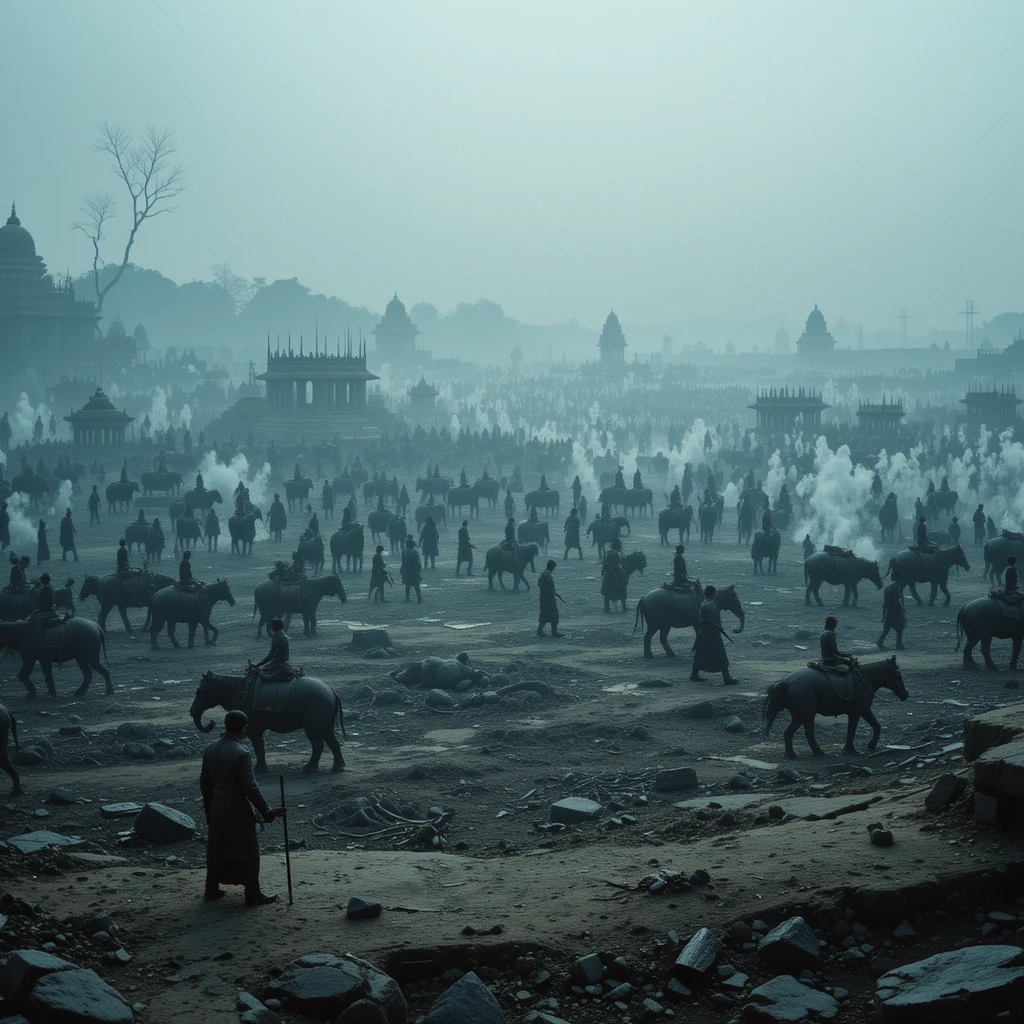
- Total People Died in War:
- The Mahabharata (Sauptika Parva, Chapter 9, Verse 12) claims that nearly all participants perished, with only a handful of survivors like the Pandavas, Krishna, and a few others. Assuming 3.9366 million participants, and accounting for the narrative that the war lasted 18 days with massive daily casualties (e.g., Drona Parva, Chapter 116, Verse 20), the total death toll is approximated at 3.9 million humans.
- Animals Died in War:
- The epic specifies significant animal casualties, including elephants and horses. With 393,660 elephants (18 × 21,870) and 1,180,980 horses (18 × 65,610) initially involved, the text (Karna Parva, Chapter 45, Verse 85) suggests that most were killed or incapacitated during the battle. Estimating a 90% casualty rate due to the intensity described, approximately 354,294 elephants and 1,062,882 horses died.
- Absence of Massive Bone Deposits:
- Despite the claimed deaths of 3.9 million humans and 1.417 million animals (354,294 elephants + 1,062,882 horses), archaeological surveys at Kurukshetra and surrounding areas, conducted by the Archaeological Survey of India (ASI) and scholars like B.B. Lal (1950s-1960s), have found no evidence of massive bone deposits or burial sites. The region’s soil, while fertile, does not preserve bones well over millennia due to acidic conditions and flooding, but the complete absence of even fragmented remains from such a large-scale conflict is striking. This lack of evidence suggests that the war, as described, did not occur on the scale claimed.
- Logistical Requirements and Area Needed:
- Area for Battle and Camps: A force of 3.9366 million individuals, plus animals and support infrastructure, requires vast space. Each soldier and animal needs approximately 10 square meters for movement and combat (based on military logistics studies), totaling 39.366 square kilometers for the battlefield alone. Adding camps, which include tents, kitchens, rations, bathing facilities, and space for 393,660 elephants and 1,180,980 horses (each elephant requiring about 100 square meters, and each horse 20 square meters), the total area escalates to approximately 150-200 square kilometers. This includes:
- Elephant and Chariot Space: 39.366 km² for elephants (393,660 × 100 m²) and 23.619 km² for horses (1,180,980 × 20 m²).
- Kitchens and Rations: Feeding 3.9366 million people and 1.5746 million animals (393,660 elephants + 1,180,980 horses) requires extensive storage and cooking facilities. Daily rations for a soldier (2 kg of grain) and an elephant (200 kg of fodder) suggest a need for 7,873.2 tons of food daily, requiring 78.732 km² for storage and preparation over 18 days.
- Bathing Facilities: Basic sanitation for 3.9366 million people and animals necessitates water sources and waste management, adding another 10-20 km².
- Total Estimated Area: Approximately 200-250 square kilometers, assuming compact arrangements and minimal overlap.
- Feasibility at Kurukshetra and Thanesar:
- Kurukshetra: The modern Kurukshetra district in Haryana covers about 1,530 square kilometers, but the historical battlefield is traditionally identified with a smaller area of approximately 48 square kilometers (based on local tradition and the Mahabharata’s description in Bhishma Parva, Chapter 1). This is insufficient for 200-250 square kilometers, and the region’s flat terrain, while suitable for chariots, lacks evidence of large-scale encampments or battle scars. Archaeological surveys by B.B. Lal (1950s) found only Iron Age settlements, not war remnants, and no bone deposits from 3.9 million humans or 1.417 million animals.
- Thanesar: Near Kurukshetra, Thanesar was a significant city under King Harshavardhana (7th Century CE), as noted in the Harshacharita by Banabhatta and the travel accounts of Chinese pilgrim Xuanzang (7th Century CE). Covering about 10-15 square kilometers historically, it was a political and religious center, not a battlefield. Its association with Harshavardhana, post-dating the Mahabharata’s supposed timeline by over 3,000 years, further debunks any link to the war. No archaeological evidence of a massive conflict exists here either.
- Introduction of Horses to India:
- Horses were not indigenous to India and were introduced through trade or migration. Archaeological evidence, such as horse remains at Pirak (Balochistan, circa 1800-1500 BCE) and the presence of horse motifs on Harappan seals, suggests their arrival by the late 2nd millennium BCE. However, domestication and widespread use in warfare occurred later, with significant evidence from the Vedic period (1500-1000 BCE) and the Painted Grey Ware culture (1200-600 BCE). The Mahabharata’s reliance on chariots and cavalry (Bhishma Parva, Chapter 2) implies a post-1500 BCE context, contradicting the 3100 BCE timeline and supporting the view that the war narrative was a later fabrication.
- Logical Impossibility:
- A population of 3.9366 million warriors and support staff exceeds the estimated population of the entire Indian subcontinent in 1200 BCE (around 15-20 million, per historian D.D. Kosambi). Sustaining such a force with ancient logistics—limited roads, no refrigeration, and rudimentary supply chains—is implausible. The environmental impact, including deforestation for fodder, water depletion, and the absence of bone remains, would leave detectable traces, absent in the region. The late introduction of horses (post-1500 BCE) further undermines the epic’s chariot-based warfare claims for an earlier period.
Lack of Archaeological and Epigraphic Evidence
The historical credibility of the Mahabharata is severely undermined by the absence of corroborating evidence from inscriptions, edicts, or manuscripts predating the 4th Century CE. Archaeological excavations at key sites mentioned in the epic, such as Hastinapura in present-day Uttar Pradesh and Indraprastha (identified with the Purana Qila in Delhi), have uncovered only Iron Age remains dating from 1200-600 BCE. These findings include painted grey ware pottery, modest settlements, and evidence of flooding, but they do not align with the epic’s descriptions of grand cities, palaces, or massive armies numbering in the millions. For instance, the Mahabharata (Bhishma Parva, Chapter 23) claims an army of 18 akshauhinis (approximately 3.9366 million soldiers), a figure that exceeds the logistical capacity of ancient India based on known population estimates.
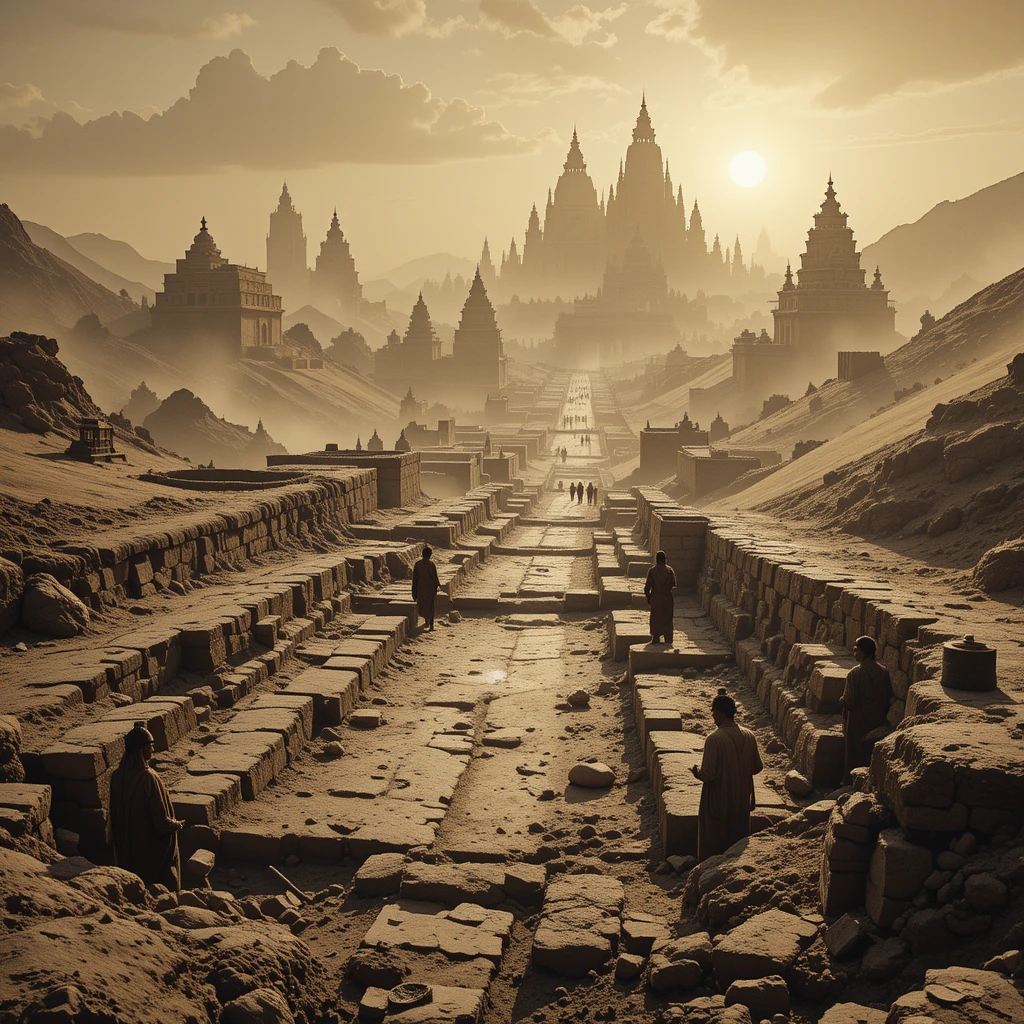
No inscriptions or edicts from the Mauryan (4th-2nd Century BCE), Shunga (2nd-1st Century BCE), or earlier periods mention the Kurukshetra War or its key figures, such as the Pandavas, Kauravas, or Krishna. The Ashokan edicts (3rd Century BCE), which detail the Mauryan emperor’s policies and conquests, make no reference to these events, despite their supposed proximity in time. The oldest surviving manuscripts, utilized for the Critical Edition by the Bhandarkar Oriental Research Institute (1919-1966), date to the medieval period (circa 10th-12th Century CE), reflecting centuries of textual evolution rather than an original record. This significant temporal gap, compounded by the lack of early palm-leaf or birch-bark manuscripts due to India’s climate, supports the hypothesis that the 100,000-shloka version, including tribal references, war scale, and casualty figures, is a product of post-4th Century CE Brahminical redaction.
Additional archaeological evidence, such as the absence of large-scale battle sites, mass graves, or weaponry consistent with the epic’s descriptions, further weakens its historical claims. The lack of bone deposits from 3.9 million humans and 1.417 million animals, despite the claimed carnage, is particularly damning. Scholars like B.B. Lal, who excavated Hastinapura in the 1950s, concluded that the site’s occupation was limited to small settlements, with no signs of a cataclysmic war involving millions. The late introduction of horses (post-1500 BCE) also contradicts the epic’s chariot-centric warfare, reinforcing the view that the Mahabharata’s war narrative is a mythological construct rather than a historical event.
The Mughal Translation: A Reflection of Later Interpretations
The Razmnama, commissioned by Emperor Akbar between 1584 and 1586 CE, represents a pivotal moment in the Mahabharata’s transmission and interpretation. This Persian translation was based on Sanskrit manuscripts available during the Mughal period, which already contained the expanded 100,000-shloka version. The process involved a collaborative effort between Hindu Brahmin scholars, who explained the text in Hindi, and Muslim translators like Naqib Khan, with the collaboration documented in the Razmnama’s colophons. This project, overseen by Akbar’s court, aimed to bridge cultural divides and promote interfaith understanding, but it relied on later interpretations rather than an original source.
The Razmnama’s preface, written by Abul Fazl, Akbar’s court historian and author of the Ain-i-Akbari, emphasizes the epic’s moral and political lessons, aligning with the emperor’s vision of governance and unity. The translation includes 169 illustrated episodes, preserved in the Jaipur manuscript, which focus on themes of war, heroism, and dharma, reflecting Akbar’s imperial agenda rather than historical accuracy. Notably, the Razmnama shows no awareness of the 8,800-shloka Jaya, indicating that by the 16th Century, the shorter version had been entirely supplanted by the Brahmin-enhanced narrative. This absence suggests that the original text had been lost or deliberately obscured through centuries of redaction, with the Mughal translation serving as a mirror to the altered state of the epic.
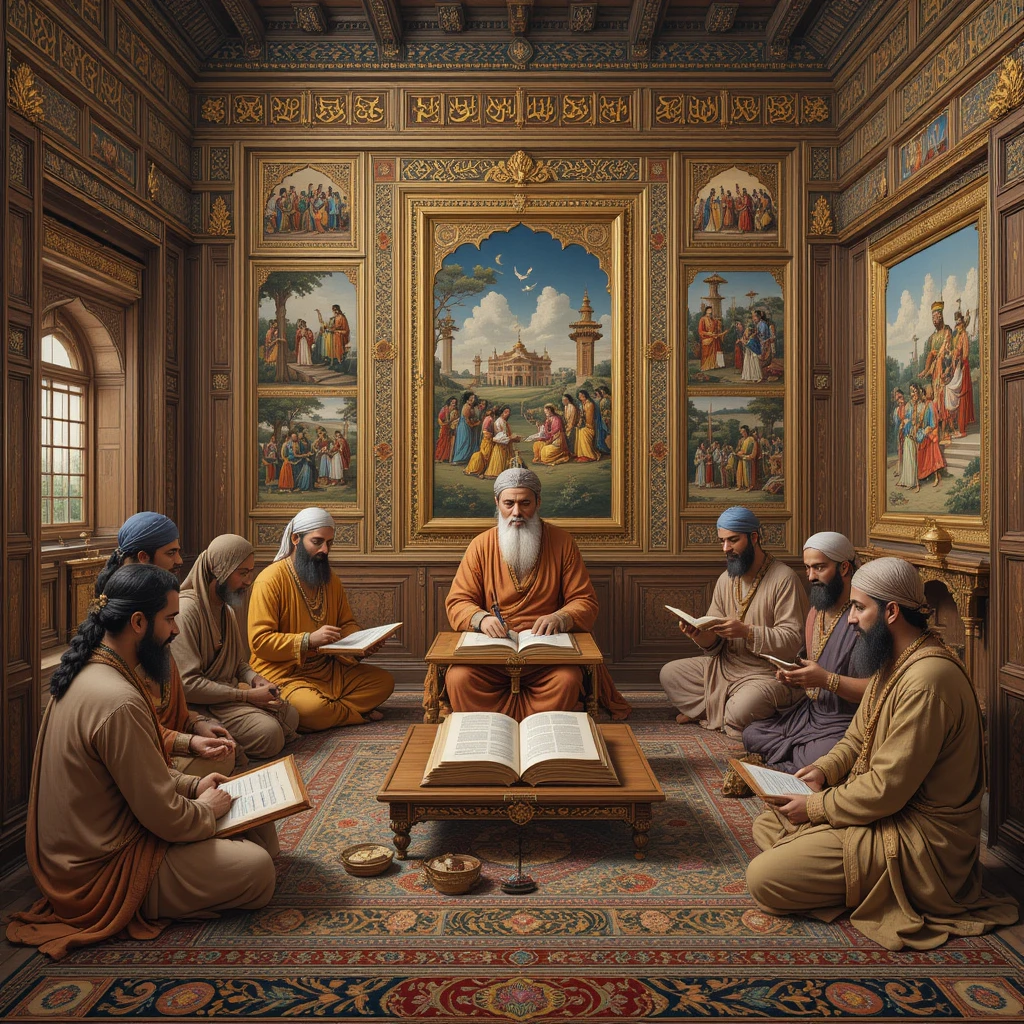
The Razmnama’s creation also involved artistic embellishments, with miniature paintings depicting scenes like the Kurukshetra War, which were based on contemporary Mughal aesthetics rather than ancient Indian warfare. This further distances the translation from any historical reality, reinforcing the view that the Mahabharata, as known in the 16th Century, was a product of post-4th Century CE Brahminical manipulation.
Debunking the Fake Narratives
- Anachronistic Tribal References: The inclusion of Sakas, Kambojas, and Pallavas, historically prominent after 3 BCE, contradicts the epic’s 3100 BCE timeline (derived from Puranic astronomical calculations, such as those in the Vishnu Purana). These references (Udyogaparva 19:24-25, Sabha Parva 31:14-15) are clear indicators of post-4th Century CE interpolations, reflecting the Gupta-era expansion of Indian territory and influence.
- Brahmin Glorification: Stories elevating Brahmins, such as Vyasa’s divine authorship (Adi Parva, Chapter 1, Verses 1-10: Sanskrit: “सत्यवत्यां प्रजायन्ते धृतराष्ट्रः पाण्डवाः च | अहं वासव्यमुख्येन कथयामि महदाख्यानम् ||”; Hindi: “सत्यवती से धृतराष्ट्र और पाण्डव उत्पन्न हुए, मैं वासव के मुख से यह महाकाव्य कहता हूँ।”), lack archaeological support and serve to consolidate caste hierarchy. The portrayal of Vyasa as a divine figure is a later embellishment, absent in early Vedic literature.
- Exaggerated Scale and Lack of Evidence: Descriptions of vast armies (3.9366 million participants), human casualties (3.9 million), and animal deaths (1.417 million elephants and horses) (Udyogaparva 19:23-25, Bhishma Parva 2:15) are unsupported by material evidence, such as the absence of mass graves or bone deposits. The required 200-250 square kilometers exceeds Kurukshetra’s 48 km² and Thanesar’s 10-15 km², debunking the war’s feasibility.
- Puranic Chronology: The 3100 BCE date, based on speculative astronomical alignments (e.g., the alignment of planets mentioned in Mahabharata 3.13), is inconsistent with archaeological findings and the late introduction of horses (post-1500 BCE), indicating a fabricated timeline to enhance the epic’s antiquity and divine authority. This chronology was likely added during the Puranic period (4th-10th Century CE) to align with cosmological narratives.
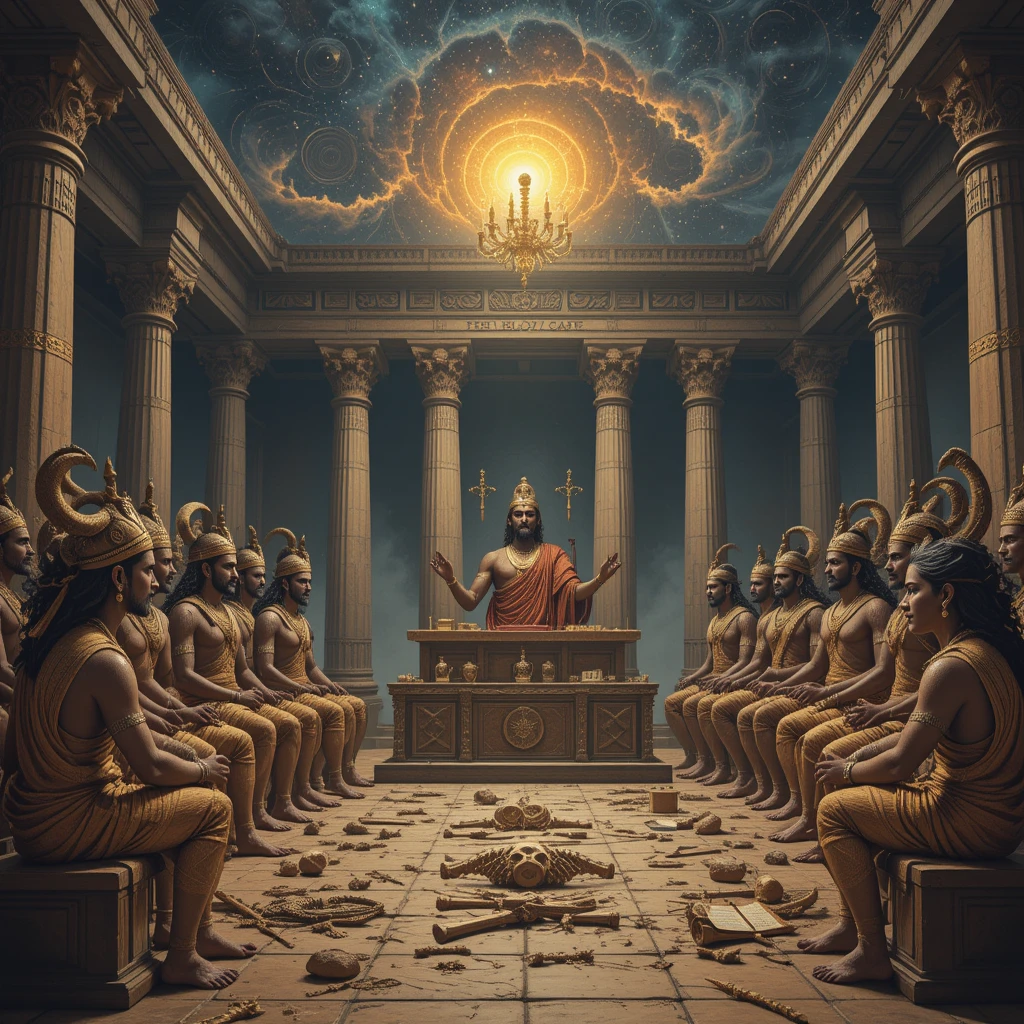
Conclusion
The Mahabharata’s current form, with over 100,000 shlokas, is a product of Brahminical redaction after the 3rd-4th Century CE, diverging significantly from its original 8,800-shloka Jaya. Specific references to Sakas (Udyogaparva 19:24-25), Kambojas (Udyogaparva 19:23-24), and Pallavas (Sabha Parva 31:14-15) fighting for the Kauravas are anachronistic, reflecting Gupta-era influences rather than historical reality. The claimed participation of 3.9366 million people, 3.9 million human deaths, and 1.417 million animal casualties, requiring 200-250 square kilometers, is logistically impossible at Kurukshetra (48 km²) or Thanesar (10-15 km²), with no bone deposits found despite the scale. The late introduction of horses (post-1500 BCE) contradicts the epic’s chariot-based warfare. Lacking support from inscriptions, edicts, or early manuscripts, and further shaped by the Razmnama’s later interpretation, the epic emerges as a literary and ideological construct. This critical reassessment, conducted at 12:47 PM IST on Sunday, July 27, 2025, urges a reevaluation of its historical role, prioritizing empirical evidence over tradition, and highlights the need to distinguish its mythological richness from verifiable past events.


